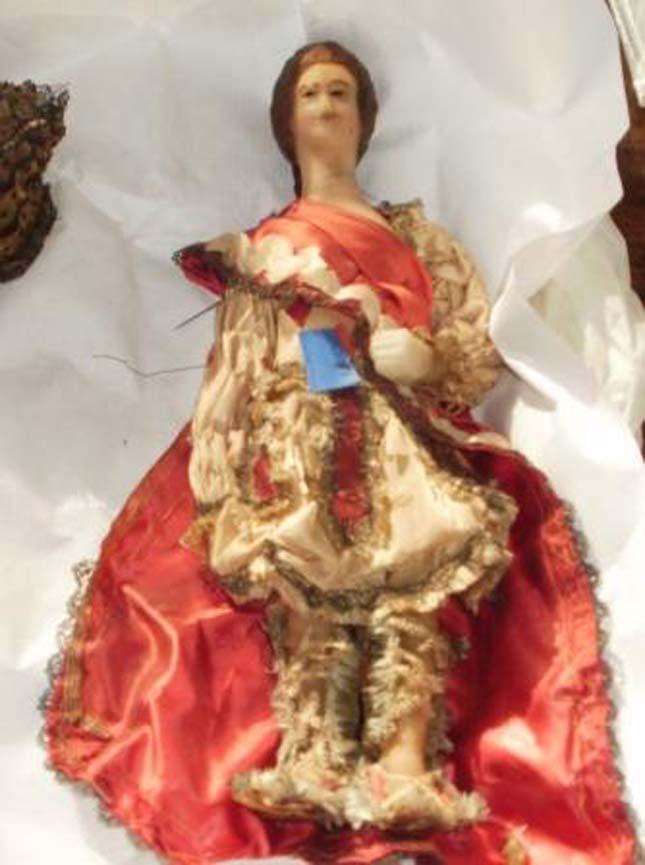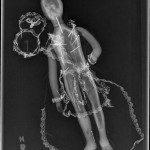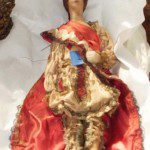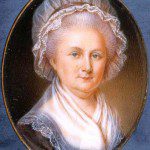In a box, in a corner of an office, in the Tudor Place in Georgetown, an antique collection of wax figurines lays largely untouched and unseen by visitors to the historic home.
The 228-year-old dolls, once the treasured belongings of first First Lady Martha Washington, were brought to their home at Tudor Place by Martha’s granddaughter and looked after for two centuries by her descendants and then museum curators.
Years of heat, mishandling and bugs have obviously gotten to figures; many are missing legs or arms, and the silk clothes are torn and faded of their color. But Leslie Buehler, the executive director of Tudor Place, believes that there is life yet to breathe back into these charming wax characters, and she is currently working to restore them.
The figurines make up a tableau set that was a gift to Martha Washington from Samuel Fraunces in 1783. The scene depicts the story of the military hero, Hector, and his wife Andromanche, whose romance was endearing to George and Martha, mirroring their own story of love and separation during wartime.
The scene was removed from public display in an effort to conserve the figurines and spare them any further damage.
The steps taken by Tudor Place to make the figurines more aesthetically pleasing have been more challenging than expected. The pins and dowel rods that hold the dolls together are from unidentifiable years, making it difficult to determine which ones are the originals, and details such as what the faces and clothes originally looked like are unknown. Buehler stated that it will be at least another year before the figures are ready to go back on display.
The restoration is being funded by private donors, including a remarkably generous donation which covered the initial analysis of the figurines.
“All of these objects tell extraordinary stories that relate the times these people lived in a visceral way,” Buehler said to the Post. “The more one understands about the beginnings of this country – how people lived, how they spent their time – it just informs our sense of history.”
- Hector figuring






